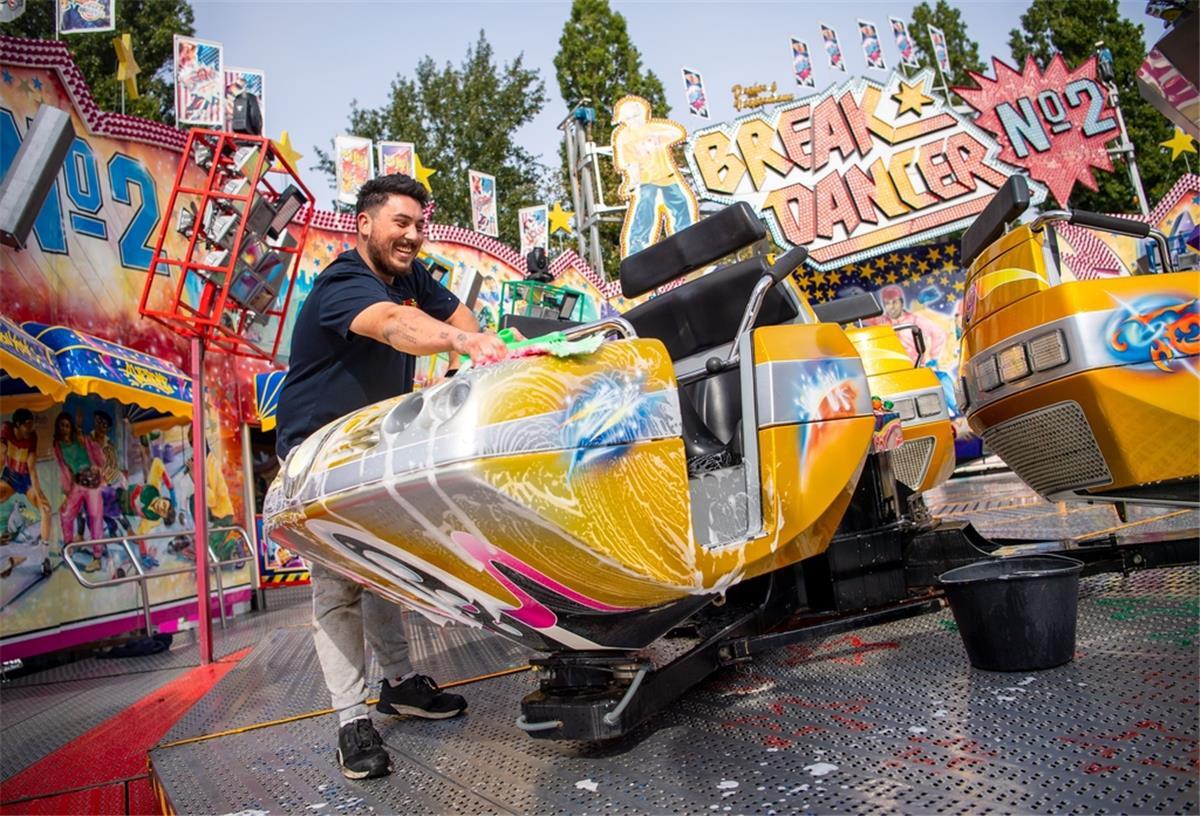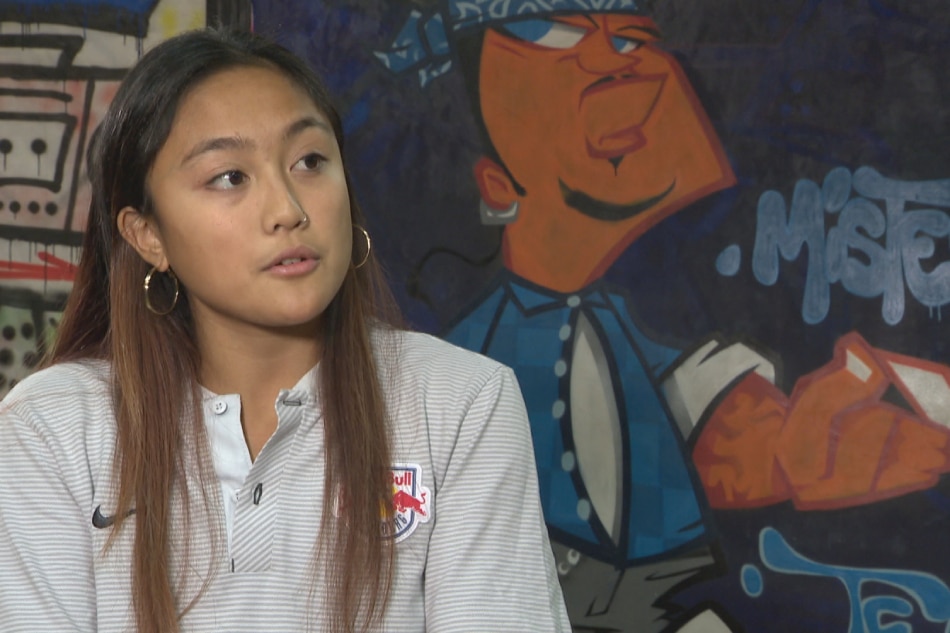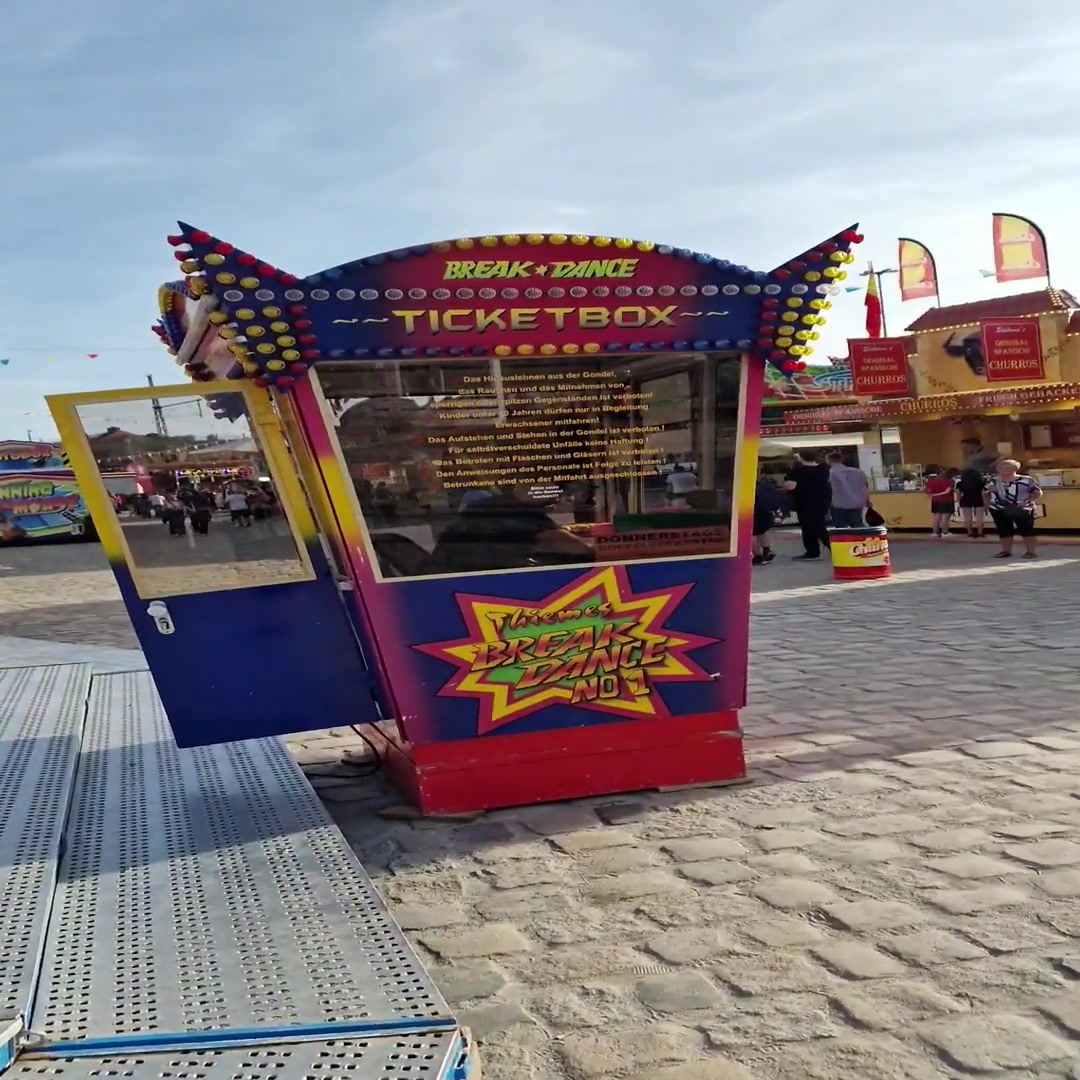The History and Evolution of Breakdancing: Ami Breakdancer

Breakdancing, a dynamic and expressive dance form, has its roots in the vibrant streets of the Bronx, New York City, in the 1970s. Born from the fusion of African American and Latino street cultures, it quickly gained popularity and evolved into a global phenomenon. The history of breakdancing is a captivating journey of creativity, cultural exchange, and artistic expression.
The Birth of Breakdancing in the Bronx, Ami breakdancer
Breakdancing emerged in the early 1970s within the context of the burgeoning hip hop movement in the Bronx, New York City. The Bronx, a melting pot of diverse cultures, provided a fertile ground for the development of new forms of artistic expression. Breakdancing evolved from the street culture of the time, where young people used their bodies as instruments to express themselves.
The early pioneers of breakdancing were primarily young African American and Latino youth who were drawn to the energy and freedom of the dance form. They practiced in parks, playgrounds, and street corners, honing their skills and pushing the boundaries of what was possible. The dance form quickly became a popular form of self-expression and a way to connect with others.
The Evolution of Breakdancing
Breakdancing underwent a significant evolution over the years, influenced by a confluence of factors. The introduction of new moves, the emergence of prominent crews, and the spread of breakdancing to different parts of the world all played a role in shaping the dance form.
Influential Breakdancers and Crews
The development of breakdancing was greatly influenced by the talents and innovations of numerous breakdancers and crews. Some of the most influential figures include:
- The Rock Steady Crew: One of the earliest and most influential breakdancing crews, the Rock Steady Crew emerged in the late 1970s. They were known for their innovative moves, their energetic performances, and their ability to connect with audiences. The Rock Steady Crew’s influence on breakdancing is undeniable, and they continue to be a source of inspiration for breakdancers today.
- The Furious Five: Another pioneering breakdancing crew, the Furious Five, rose to prominence in the early 1980s. They were known for their athleticism, their intricate footwork, and their ability to seamlessly integrate breakdancing with other elements of hip hop culture, such as rapping and DJing. The Furious Five helped to popularize breakdancing and introduce it to a wider audience.
- Crazy Legs: A legendary breakdancer and member of the Rock Steady Crew, Crazy Legs is renowned for his innovative moves and his ability to seamlessly blend different styles of breakdancing. He has been a major force in the development of breakdancing and continues to be an active performer and teacher. His influence on breakdancing is vast, inspiring generations of breakdancers.
Breakdancing in the 1980s: The Golden Age
The 1980s marked a golden age for breakdancing, as the dance form gained mainstream popularity and spread throughout the world. The release of the movie “Breakin'” (1984) and the popularity of the song “Beat Street” (1984) helped to introduce breakdancing to a wider audience. Breakdancing became a cultural phenomenon, inspiring countless young people to learn the dance form.
The Rise of Breakdancing Competitions
The popularity of breakdancing led to the development of numerous competitions, where breakdancers could showcase their skills and compete for recognition. These competitions helped to further refine the dance form and push the boundaries of what was possible. Breakdancing competitions became a platform for breakdancers to demonstrate their creativity, athleticism, and artistry.
The Spread of Breakdancing Worldwide
By the mid-1980s, breakdancing had spread beyond the United States, reaching Europe, Asia, and other parts of the world. Breakdancing crews from different countries began to develop their own unique styles and techniques. This cultural exchange led to a further evolution of the dance form, as breakdancers from different backgrounds brought their own influences to the table.
Techniques and Styles in Breakdancing

Breakdancing, a dynamic and expressive street dance form, is characterized by its intricate footwork, powerful acrobatics, and unique stylistic elements. The diverse techniques and styles within breakdancing showcase the creativity and athleticism of its practitioners.
Fundamental Moves and Techniques
Breakdancing encompasses a wide range of moves and techniques, each contributing to its distinct style and aesthetic. These fundamental elements form the foundation for more complex routines and improvisational sequences.
- Toprock: Toprock refers to the dance steps performed while standing upright. It involves a combination of rhythmic footwork, body isolations, and arm movements, setting the tone and energy for the breakdancing routine. Toprock can be performed in a variety of styles, from basic footwork patterns to more complex and acrobatic sequences.
- Downrock: Downrock involves the transition from toprock to the floor, often incorporating intricate footwork patterns, spins, and dynamic movements. It is a crucial element of breakdancing, allowing for the exploration of different angles and perspectives.
- Power Moves: Power moves are the acrobatic and high-energy moves that showcase the physical strength and agility of breakdancers. These moves often involve rotations, flips, and spins, requiring significant training and coordination. Examples of power moves include windmills, flares, headspins, and backspins.
- Freezes: Freezes are static poses that breakdancers hold for a brief period, often at the end of a power move or as a transition between different sections of a routine. They are designed to showcase balance, control, and creativity, adding a dramatic element to the performance.
Styles of Breakdancing
Breakdancing has evolved into several distinct styles, each with its own unique aesthetic and technical characteristics.
- B-boying: B-boying is the most widely recognized style of breakdancing, characterized by its energetic and athletic movements, often incorporating power moves, footwork, and freezes. It emphasizes a strong connection to the music, often involving complex rhythms and intricate footwork patterns.
- B-girling: B-girling, as the name suggests, is a style of breakdancing performed by women. While sharing some similarities with B-boying, B-girling often incorporates more fluid and graceful movements, showcasing the strength and flexibility of female dancers. It emphasizes creative expression and individuality, often incorporating elements of contemporary dance and other styles.
- Popping: Popping is a distinct style of breakdancing that focuses on the creation of sharp, percussive movements. It involves a technique known as “popping,” where muscles are quickly contracted and released to create a popping sensation. Popping routines often incorporate isolations, robotic movements, and intricate footwork, showcasing the precision and control of the dancer.
Comparison of Styles
The different styles of breakdancing can be compared and contrasted based on their aesthetic qualities and technical approaches.
| Style | Aesthetic | Techniques |
|---|---|---|
| B-boying | Energetic, athletic, dynamic | Power moves, footwork, freezes |
| B-girling | Fluid, graceful, expressive | Power moves, footwork, freezes, contemporary dance elements |
| Popping | Sharp, percussive, precise | Popping technique, isolations, robotic movements |
Basic Breakdancing Moves
Mastering basic breakdancing moves is essential for beginners to develop their skills and explore the fundamental elements of the dance form.
- Six Step: The six step is a simple yet effective footwork pattern used in toprock. It involves stepping forward with one foot, followed by stepping back with the other foot, alternating feet in a six-step sequence. The six step can be performed in a variety of tempos and with different variations, providing a foundation for more complex footwork patterns.
- Baby Freeze: The baby freeze is a basic freeze that involves holding a balanced pose on one hand while extending the other leg forward. It is a simple yet effective freeze that showcases balance and control.
The baby freeze is a fundamental move for beginners, allowing them to develop their core strength and stability.
- Windmill: The windmill is a classic power move that involves rotating the body around a horizontal axis while maintaining a balanced handstand position. It requires significant strength, coordination, and flexibility.
The windmill is a visually impressive move that showcases the athleticism of breakdancers.
The Culture and Community of Breakdancing

Breakdancing is not just a dance style; it’s a vibrant culture that has fostered a strong sense of community worldwide. At its heart lies the powerful connection between music, rhythm, and movement, creating a unique expression of artistry and athleticism. This section explores the cultural impact of breakdancing, highlighting its global reach and its influence on various aspects of society.
The Importance of Music and Rhythm
The foundation of breakdancing lies in the rhythmic interplay between the dancer and the music. The DJ, a crucial element of the breakdancing scene, plays a vital role in setting the mood and providing the musical backdrop for the dancers. The DJ’s skills in turntablism, the art of manipulating sound using turntables, are essential in creating the intricate beats and transitions that inspire the dancers’ movements. DJs use techniques like scratching, beat juggling, and sampling to craft unique soundscapes, adding another layer of dynamism to the breakdancing experience.
Breakdancing as a Global Phenomenon
Breakdancing has transcended its origins in the Bronx, New York, to become a global phenomenon, with vibrant communities flourishing in various countries. From the bustling streets of Tokyo to the vibrant clubs of London, breakdancing has found a home in diverse cultures, inspiring countless individuals to embrace its unique energy and expression. This global reach has fostered a sense of unity and shared passion among breakdancers worldwide, connecting them through their love for the art form.
Breakdancing in Media
Breakdancing’s cultural impact is evident in its widespread presence in various forms of media. Movies like “Beat Street” (1984) and “Breakin'” (1984) showcased the dance style and its connection to hip-hop culture, while music videos by artists like Michael Jackson and Madonna incorporated breakdancing moves into their choreographies. Television shows like “America’s Best Dance Crew” and “So You Think You Can Dance” have featured breakdancing as a competitive dance style, further increasing its visibility and popularity.
Impact on Culture
Breakdancing has left an indelible mark on various aspects of culture, influencing fashion, music, and art.
| Aspect | Impact | Examples |
|---|---|---|
| Fashion | Breakdancing has inspired a distinctive style characterized by loose-fitting clothing, sneakers, and accessories like bandanas and hats. | The iconic B-boy style, featuring baggy pants, oversized shirts, and sneakers, has become a recognizable fashion trend associated with breakdancing. |
| Music | The rhythmic nature of breakdancing has influenced the development of music genres like hip-hop and electronic dance music. | The use of turntablism and sampling in breakdancing has contributed to the evolution of hip-hop music, with DJs playing a central role in shaping the sound. |
| Art | Breakdancing has been incorporated into various forms of art, including street art, graffiti, and performance art. | Breakdancers have collaborated with street artists to create murals that reflect the energy and movement of their dance style. |
Ami breakdancer isn’t just about the moves; it’s about the spirit of resistance, the passion for expression, and the unwavering belief in a better world. Just like Cori Bush, a powerful voice in American politics, cori bush fights for social justice and equality, Ami breakdancer embodies these ideals through movement and art.
Ami breakdancer is a powerful force for change, reminding us that even the smallest steps can lead to a bigger revolution.
Ami Breakdancer, a name that echoes through the streets and stages, embodies the raw energy and creative spirit of breakdancing. This art form, once confined to the underground, has exploded onto the world stage, even reaching the pinnacle of athletic competition – olympic breakdancing.
Ami Breakdancer, with their signature moves and unwavering passion, represents the future of this dynamic discipline, proving that breakdancing is not just a dance, but a true sport.